
Roots
To journey into the historical role of bonnets for heritage requires a quiet contemplation of what truly defines our strands ❉ a lineage spanning millennia, a resilience born from trial, and an enduring beauty that defies easy categorization. For those with textured hair, the story of bonnets is not a simple chronicle of fashion; it is a whisper from ancestral practices, a shield against systemic affronts, and a testament to profound care. It is a story written in the very coils and waves that resist societal pressures, a narrative woven with strands that speak of survival and self-possession. The humble bonnet, so often dismissed as a mere accessory, stands as a quiet guardian, its form holding the weight of history and the promise of healthy, respected hair.
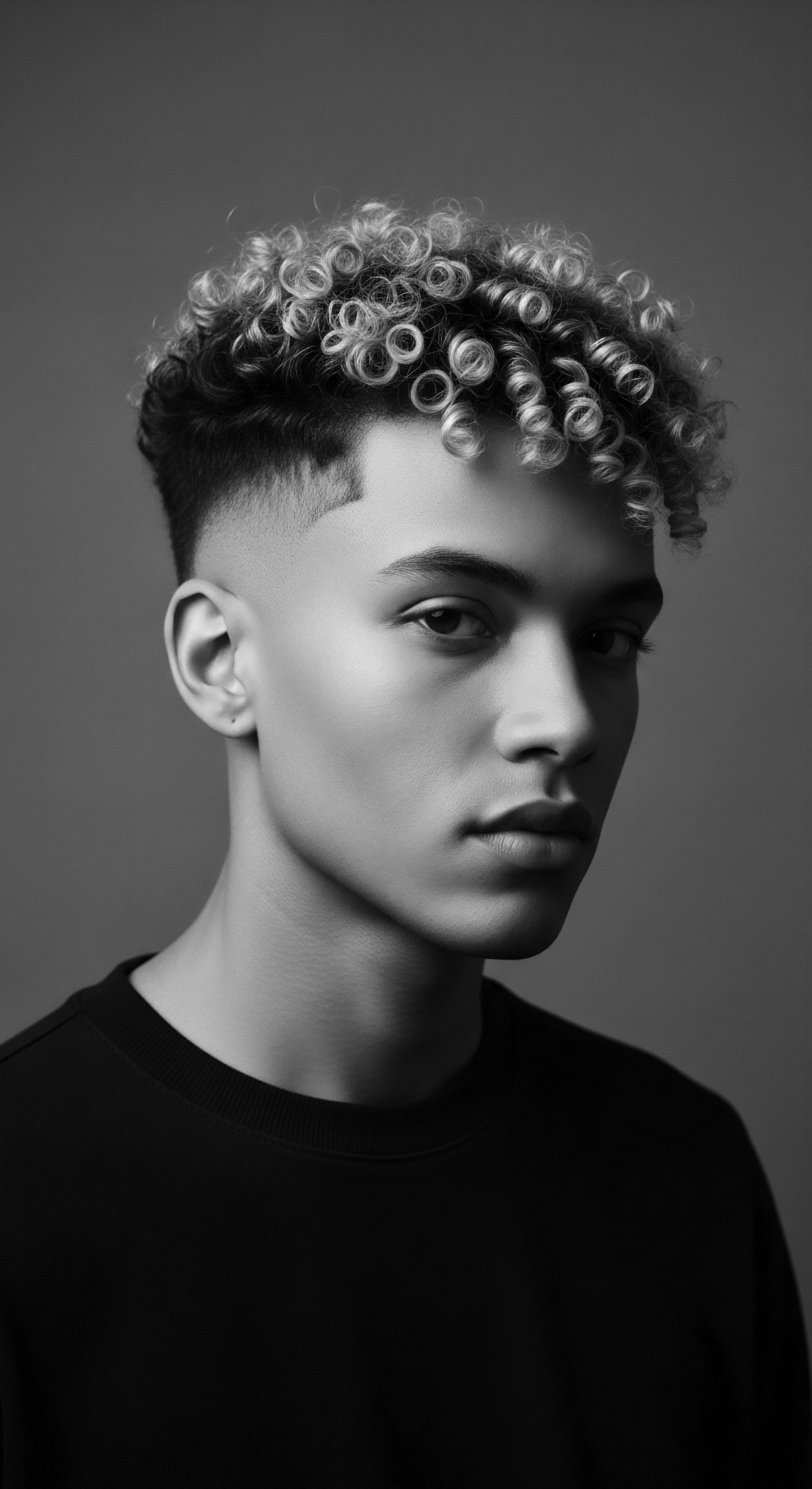
Ancestral Veilings
Before the transatlantic crossings, head coverings were integral to African societies. They conveyed complex messages about a person’s marital status, age, wealth, and community standing. These were not simply decorative; they held profound social and spiritual meaning. In regions like Ghana and Namibia, headwraps known as Dukus and Doek served as visual declarations of identity, an external expression of one’s inner world and communal ties (Byrdie, 2022).
These head coverings, meticulously wrapped and adorned, shielded hair from the elements, preserving intricate styles and protecting scalp health in diverse climates. The practice itself was an act of preservation, a reflection of the deep regard held for hair as a living extension of self and spirit.
The historical presence of bonnets and headwraps for textured hair signifies a continuous thread of protection and identity across ancestral lands and diasporic experiences.
The forced migration during the slave trade violently disrupted these traditions. Enslaved Africans were often shorn of their hair upon arrival, a brutal act of dehumanization designed to erase their origins and sever their connection to identity and ancestral practices (Halo Collective, 2023; Johnson & Bankhead, 2014). Yet, even in such profound degradation, the spirit of covering and protection persisted. Scraps of fabric, handkerchiefs, or simple rags became the rudimentary precursors to the bonnets we recognize today, serving a practical purpose born of necessity.
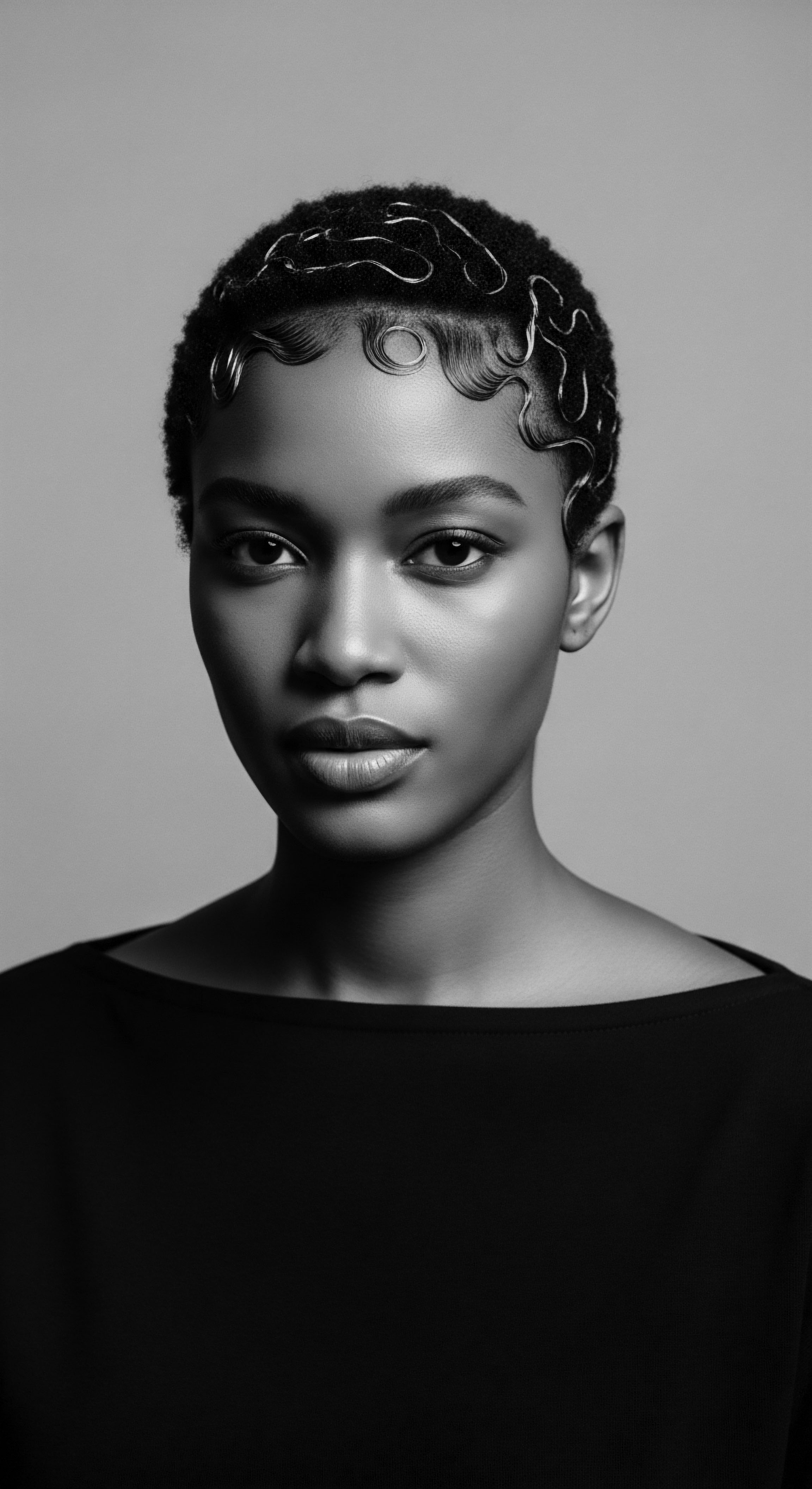
Early Practicalities in Oppression
In the brutal realities of enslavement, head coverings provided a shield for textured hair from the harsh sun, dust, and demanding labor of the fields. Beyond environmental protection, they served a critical role in hygiene. With limited access to bathing facilities and time for grooming, these coverings helped to manage hair, reduce tangles, and mitigate issues like lice (Griebel, n.d.). The coarse, often low-quality fabrics provided as clothing to enslaved people, such as osnaburg or homespun, would have been highly abrasive to delicate coils, increasing breakage and friction (Warner & Parker, 1990).
Thus, any covering, however crude, offered a measure of relief and preservation for hair already under immense strain. These early coverings were less about style and more about survival, a quiet, resilient act of self-care in a world designed to deny it.
| Historical Period Pre-Colonial Africa |
| Purpose and Material Diverse headwraps (dukus, doek); often symbolic fabrics. |
| Cultural or Practical Outcome Signified social status, wealth, marital state, spiritual connection. Hair protected from elements. |
| Historical Period Slavery Era (Americas) |
| Purpose and Material Scraps, rags, cotton handkerchiefs; enforced usage. |
| Cultural or Practical Outcome Necessity for hygiene, protection from labor/elements; a hidden act of hair preservation. |
| Historical Period Post-Emancipation/Early 20th Century |
| Purpose and Material Evolving into bonnets, often cotton or early silk/satin. |
| Cultural or Practical Outcome Shift from forced marker to intentional protective tool; growing awareness of hair health. |
| Historical Period The journey of head coverings reflects a continuous adaptation to protect textured hair, from revered cultural adornment to an act of quiet resistance and self-care. |

Ritual
The humble bonnet, a seeming simplicity, carries an ancestral echo, a profound connection to generations of textured hair care. Its presence within nightly routines transcends mere utility; it speaks to a sacred, almost whispered practice of preparing the self for rest, ensuring the hair, a literal crown, remains safeguarded. This nightly ritual is a testament to the wisdom passed down, a recognition of hair’s fragility and its deep connection to a person’s wellbeing. The act of donning a bonnet before sleep is a quiet affirmation of self-worth, a continuity of care that links present-day practices to the persistent ingenuity of those who came before.

Why Did the Use of Specific Materials Become a Tradition?
The choice of material for head coverings, particularly bonnets, evolved from raw necessity to informed practice, with a clear ancestral wisdom guiding the way. Early head coverings were often made from cotton, the most readily available fabric during slavery and its aftermath. However, cotton, while absorbent, creates friction that can snag and rub delicate hair strands, leading to breakage, frizz, and the loss of natural moisture (Byrdie, 2025; Silk Works London, 2025). This physical attrition was a constant challenge for textured hair, which is inherently more prone to dryness and breakage due to its unique elliptical shape and curl pattern (Historical Perspectives on Hair Care and Common Styling Practices in Black Women, 2025).
As knowledge and resources became more accessible, Black women, driven by a deep understanding of their hair’s needs, gravitated towards smoother fabrics. Silk and satin emerged as preferred choices precisely because their smooth surfaces reduce friction, allowing hair to glide without snagging or causing mechanical damage (Byrdie, 2025; Silk Works London, 2025). A study published in the Journal of Cosmetic Dermatology confirms that smoother fabrics like silk assist in preventing hair shaft damage caused by repeated friction (Silk Works London, 2025).
Moreover, these materials are less absorbent than cotton, helping to retain the hair’s natural oils and moisture, which is vital for maintaining the hydration levels of textured hair overnight (Blissy, 2025). This material shift was not just a luxury; it was a deliberate, protective adaptation, ensuring hair remained hydrated and styled, thereby reducing the need for daily manipulation that could cause further harm.
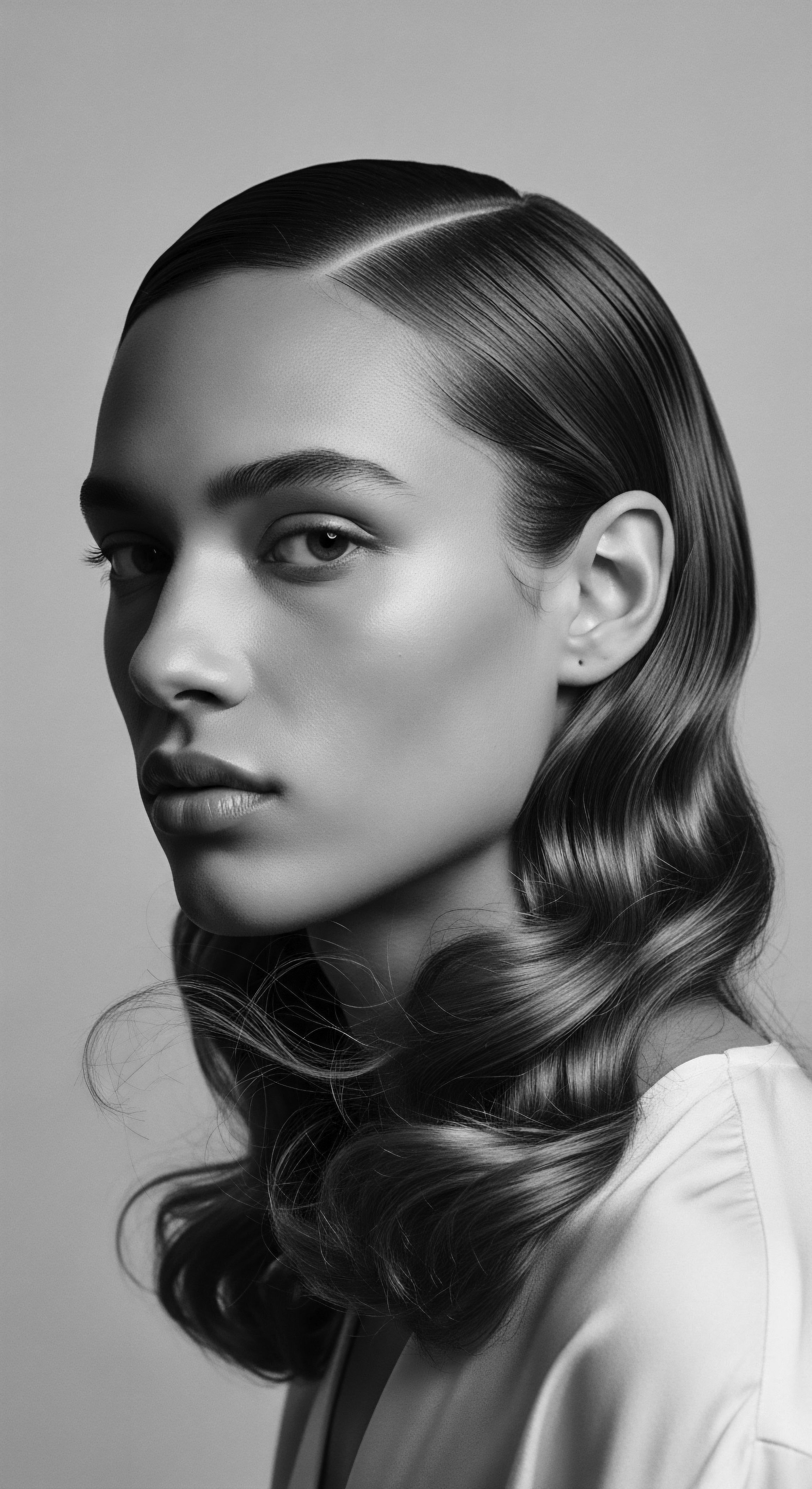
Nightly Rituals as Acts of Preservation
The bonnet secured its role as a bedrock of nightly hair care. It became a silent, yet powerful, component in regimens aimed at preserving intricate styles—braids, twists, and locs—that often required hours of communal effort to create. Wearing a bonnet extended the life of these styles, offering respite from daily manipulation and minimizing breakage (Hype Hair, 2023). This ritual speaks volumes about the value placed on hair not just as an aesthetic feature, but as a site of historical memory and a canvas for cultural expression.
Consider the meticulous care required for many protective styles. A set of cornrows or carefully crafted twists could take a significant portion of a day to complete. Protecting these styles overnight with a bonnet allowed them to last for days, sometimes weeks, a practical and economic measure for women whose lives often left little time for extensive daily grooming. This foresight, the understanding of how to sustain a style with minimal additional effort, is a testament to the ancestral wisdom that informs contemporary hair care.
The tradition of wearing a bonnet transforms nightly rest into a purposeful act of safeguarding textured hair, a silent dialogue with ancestral wisdom about preservation.
- Retaining Hydration ❉ Satin and silk’s low absorbency helps hair maintain its natural moisture, preventing dryness and brittleness.
- Reducing Friction ❉ The smooth surface minimizes rubbing against pillowcases, limiting breakage, split ends, and frizz.
- Preserving Styles ❉ Bonnets extend the life of braids, twists, and other textured styles, saving time and effort.

Relay
The historical trajectory of bonnets within the realm of textured hair heritage offers more than a study of an object; it presents a mirror reflecting systemic societal pressures, the ingenuity of adaptation, and the enduring spirit of cultural pride. The bonnet, initially a symbol imposed for control, was quietly, yet defiantly, transformed into a tool of self-preservation and communal identity. This transformation speaks to a profound resilience, where an instrument of othering became a shield for cultural continuity and a badge of personal agency.

How Did Bonnets Become a Symbol of Quiet Resistance?
During the period of enslavement in the Americas, head coverings, often simple cloth tied around the head, were at times weaponized. Laws were put in place in some areas to prohibit Black women from appearing in public without hair coverings, serving to visibly distinguish them as enslaved and of a lower social standing (Byrdie, 2022; Helix Hair Labs, 2023). This imposition stripped away the ceremonial and aesthetic significance headwraps held in African societies. However, even within these oppressive strictures, a subtle act of resistance began to germinate.
Black women, denied access to the tools and time for elaborate hair styling that had been central to their African identities, began to manipulate these mandated coverings. They chose specific fabrics, colors, and tying methods where they could, turning the mandated cloth into expressions of personal style, community solidarity, or even coded communication (Byrdie, 2022; Griebel, n.d.). Helen Bradley Griebel, in “The African American Woman’s Headwrap ❉ Unwinding the Symbols,” notes that some enslaved women used the folds of their headscarves to convey coded messages to one another, a silent language of defiance against their oppressors. This act of re-appropriation, transforming a tool of oppression into a quiet vehicle for cultural expression, marks a pivotal moment in the bonnet’s heritage.
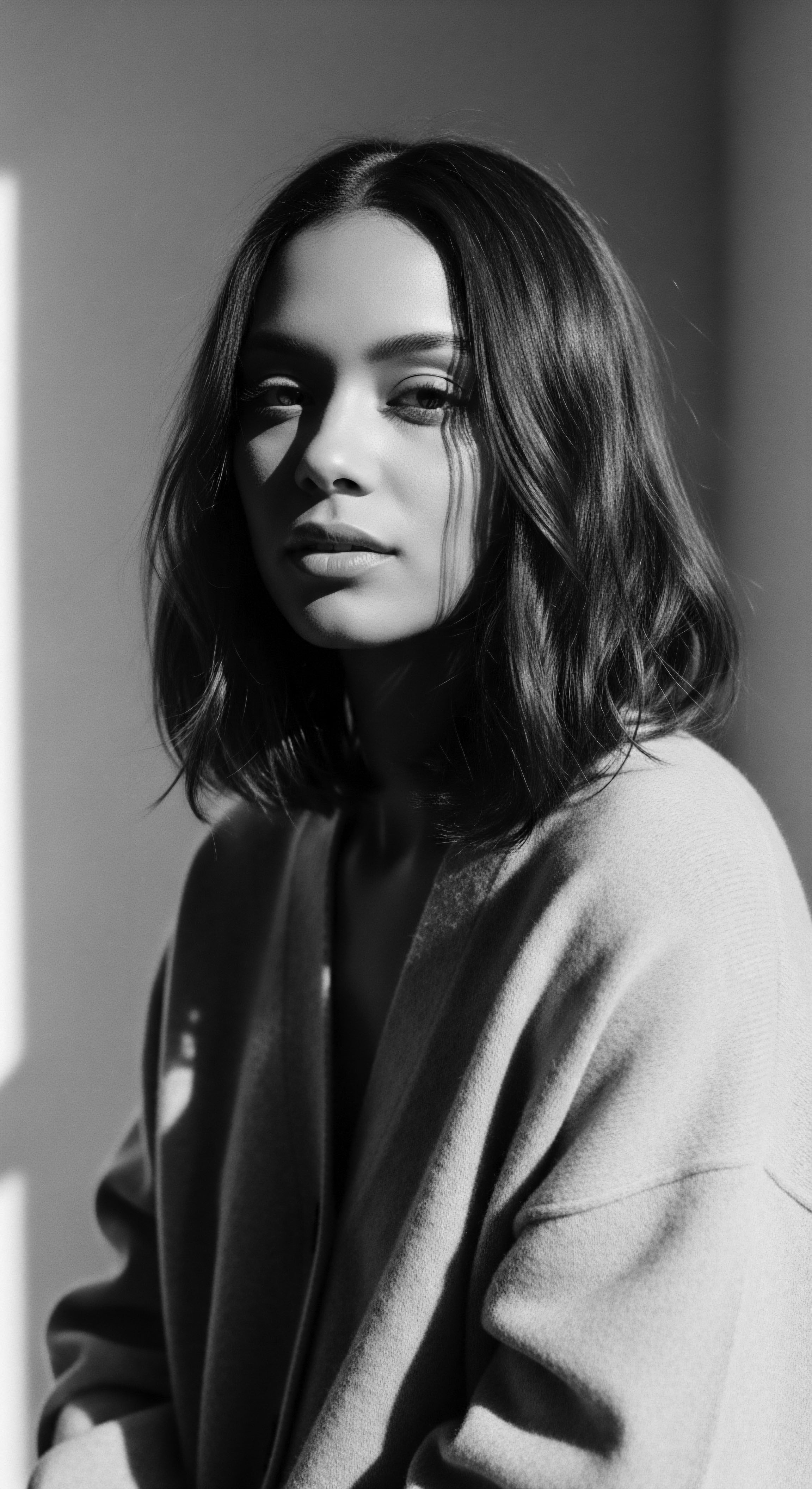
Economic Autonomy and Hair Care Enterprises
The late 19th and early 20th centuries saw the rise of pioneering Black women entrepreneurs who built empires addressing the specific needs of Black hair. Figures like Madam C. J. Walker and Annie Turnbo Malone understood the deep connection between hair care, self-esteem, and economic independence for Black women (Bundles, 2001; Not Even Past, 2011).
While their product lines often included straightening agents in response to prevailing Eurocentric beauty standards, their work also solidified the importance of regular hair maintenance and protection. The bonnet, during this era, became a consistent component in the daily routine advocated by these beauty pioneers. It was no longer a forced covering, but a crucial tool for maintaining styles and preserving hair health, particularly as chemical and heat treatments became more widespread.
Madam C. J. Walker’s agents, often traveling door-to-door, educated women not only on the application of products but also on comprehensive hair care regimens that included nightly protection.
The integration of the bonnet into these established routines cemented its place as a practical, rather than stigmatized, item within the Black community. This period saw the bonnet shift from a subtle act of rebellion to a widespread, normalized practice, celebrated for its ability to protect valuable hair investment and preserve intricate styles for longer durations.
| Dimension Protective Barrier |
| Historical Context and Role for Bonnets Shielded textured hair from the harshness of labor, environmental damage, and later, the effects of styling. |
| Dimension Cultural Re-appropriation |
| Historical Context and Role for Bonnets Transformed from a tool of subservience into a discreet emblem of cultural expression and communal identity. |
| Dimension Economic Empowerment Link |
| Historical Context and Role for Bonnets Became an essential accessory in the hair care regimens promoted by Black beauty pioneers, supporting hair health and style longevity. |
| Dimension From a mandated covering to a chosen guardian, the bonnet stands as a quiet symbol of endurance and evolving agency within textured hair heritage. |
Beyond its functional role, the bonnet transformed into a resilient symbol of Black women’s agency, subverting societal impositions into declarations of self-care and cultural affirmation.
The resilience of the bonnet in Black hair culture is further illuminated by the contrast between its practical application and the broader societal stigmas that attempted to diminish it. While some characters in popular culture, such as the racially charged ‘Aunt Jemima’, were used to reinforce negative associations with head coverings, Black women consistently held onto the bonnet’s practical value and its connection to their hair health (Byrdie, 2022). This enduring loyalty to the bonnet speaks volumes about an ancestral understanding ❉ prioritizing the health and longevity of one’s hair superseded external, often demeaning, narratives. The bonnet’s journey is a powerful example of how Black women have consistently filtered external perceptions through the lens of their own needs and values, preserving practices that served their wellbeing and heritage.
A powerful historical anecdote underscoring this adaptive spirit comes from the post-slavery era. While some laws remained in place that restricted Black women’s public appearance with uncovered hair, many women began to integrate fashionable bonnets of the period—similar in style to those worn by white women—with the enduring African aesthetic of covered hair, demonstrating both conformity to prevailing fashion and a preservation of tradition (Griebel, n.d.). This dual adherence highlights a pragmatic approach to heritage, adapting to new social landscapes while subtly holding onto a deeply ingrained practice. The bonnet served as a consistent element across these evolving contexts, maintaining its place as a tool for health and a quiet marker of identity.
In the late 20th and 21st centuries, the natural hair movement propelled the bonnet into renewed prominence. As more Black women opted to wear their hair in its natural state, without chemical straighteners or excessive heat, the protective qualities of the bonnet became even more apparent. Maintaining moisture and preventing friction for delicate coils and curls became paramount.
Academic research on hair care practices for Black women, though still growing, now increasingly includes recommendations for wearing satin bonnets or using satin pillowcases to reduce hair loss and maintain moisture (Historical Perspectives on Hair Care and Common Styling Practices in Black Women, 2025). This contemporary validation of an ancient practice closes a conceptual loop, affirming the intuitive wisdom of generations past through modern scientific understanding.

What Challenges Did Black Women Face in Maintaining Hair Traditions?
The journey of Black women maintaining their hair traditions and practices, including the use of bonnets, has been fraught with systemic challenges. One significant hurdle was the sheer brutality of slavery itself. As noted by Johnson and Bankhead in “Examining the Experiences of Black Women with Natural Hair,” enslaved individuals were often deprived of the combs, oils, and traditional hair recipes that were vital to their ancestral care practices, severing an essential connection to self and identity. This deliberate erasure extended to the very tools needed for hair maintenance, making simple protective measures like a head covering a profound necessity.
Beyond the deprivation of tools, racial biases permeated perceptions of Black hair. European colonizers often classified Afro-textured hair as closer to animal fur or wool than human hair, using this dehumanizing categorization to justify enslavement (Halo Collective, 2023; Johnson & Bankhead, 2014). This derogatory viewpoint birthed the concept of “good” versus “bad” hair, where looser curl patterns were deemed more desirable, creating internal hierarchies within Black communities (ResearchGate, n.d.). The choice to cover hair, therefore, sometimes served to shield it from this judgmental gaze, offering a private space where hair could simply be, unburdened by external pressures.
Even after slavery’s abolition, these discriminatory attitudes persisted. Laws were enacted in various parts of the United States prohibiting Black women from wearing tightly coiled natural hair in public, pushing many to adopt straightening methods to conform to Eurocentric beauty standards (Historical Perspectives on Hair Care and Common Styling Practices in Black Women, 2025). The “Comb Test,” for instance, used to deny Black individuals entry into certain establishments, explicitly targeted those whose hair could not be easily combed with a fine-tooth comb (Halo Collective, 2023).
In such environments, the bonnet continued its dual role ❉ a practical tool for hair health, and a quiet, personal statement of identity and resistance against pervasive aesthetic oppression. It represented a choice to care for one’s own, regardless of the broader societal disapproval.
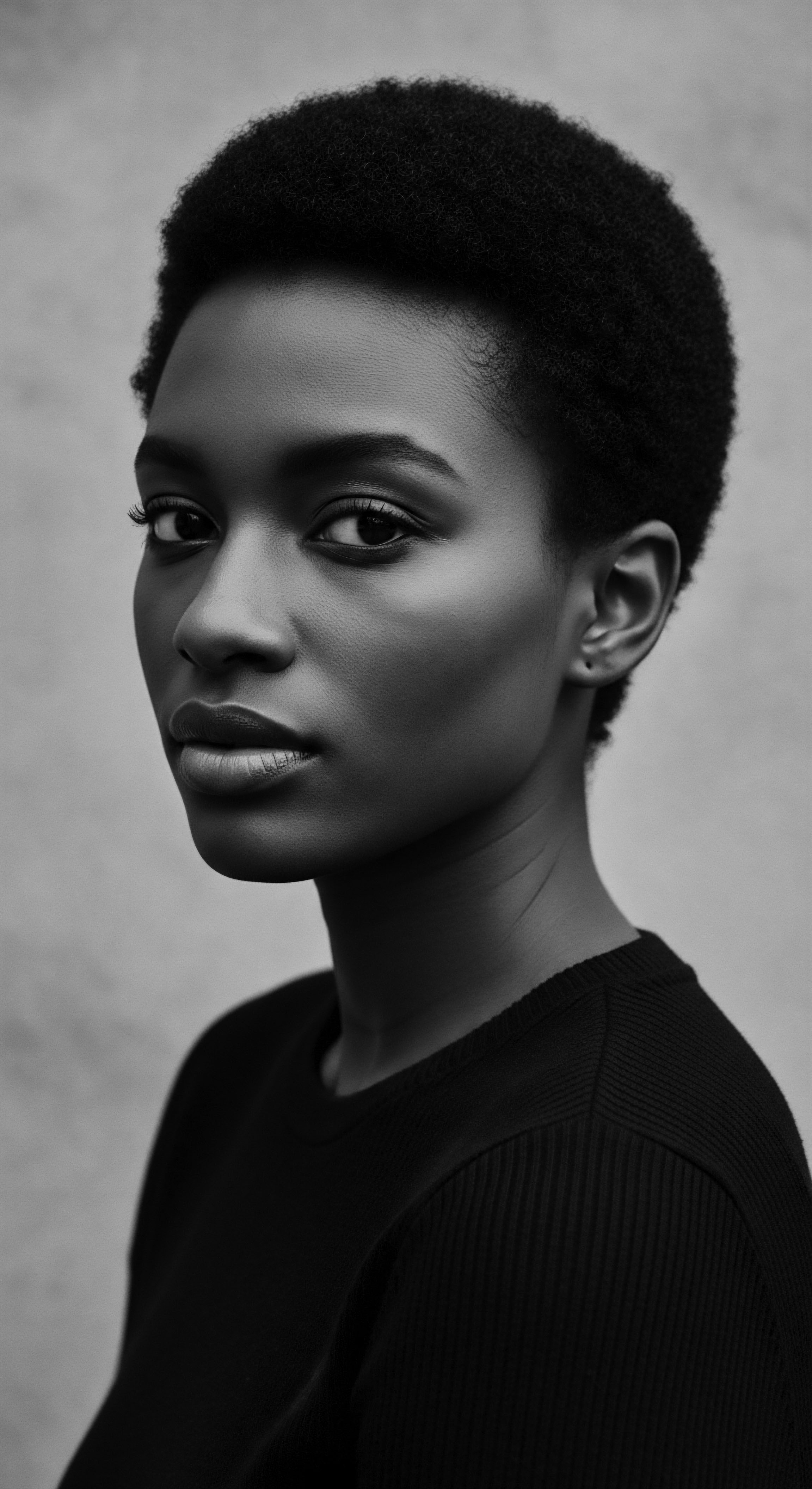
Reflection
The bonnet, in its humble yet powerful existence, stands as a testament to the enduring spirit of textured hair heritage. It is more than fabric; it is a repository of ancestral wisdom, a silent witness to generations of resilience, and a living symbol of self-care against a backdrop of historical adversity. When we don the bonnet, we are not simply protecting our strands; we are engaging in a timeless ritual, connecting to the deep knowledge that understood the delicate nature of textured hair long before modern science articulated its properties. We are honoring the ingenuity of those who, despite immense challenges, found ways to preserve not only their hair but also a piece of their very identity.
This simple cloth circle holds the whispers of communal care, the quiet strength of resistance, and the vibrant continuity of cultural practice. It reminds us that care is a legacy, that protection is a form of love, and that heritage is a dynamic, living archive. The bonnet, therefore, ceases to be just an object; it becomes a soft, constant reminder that the soul of a strand carries the echoes of a profound past, guiding us toward a future where every curl, coil, and wave is celebrated in its authentic radiance.

References
- Bundles, A. L. (2001). On Her Own Ground ❉ The Life and Times of Madam C. J. Walker. Scribner’s.
- Byrdie. (2022, September 27). The Significance and History of Bonnets.
- Byrdie. (2025, February 28). Satin vs. Silk Pillowcases for Hair ❉ What’s the Difference?
- Griebel, H. B. (n.d.). The African American Woman’s Headwrap ❉ Unwinding the Symbols. Art, Design, and Visual Thinking.
- Halo Collective. (2023). End Hair Discrimination.
- Helix Hair Labs. (2023, March 3). The History of the Hair Bonnet.
- Historical Perspectives on Hair Care and Common Styling Practices in Black Women. (2025, March 4). Journal of the American Academy of Dermatology.
- Hype Hair. (2023, June 26). Unveiling the History of the Hair Bonnet for Black Women.
- Johnson, T. A. & Bankhead, T. (2014, January 8). Examining the Experiences of Black Women with Natural Hair. CUNY Academic Works.
- Not Even Past. (2011, July 3). Great Books on African American Beauty Culture.
- ResearchGate. (n.d.). Hair as Race ❉ Why “Good Hair” May Be Bad for Black Females.
- Silk Works London. (2025, May 13). Discover how silk pillowcases transform your sleep, skin, and hair.
- Warner, P. & Parker, L. (1990). Clothing the Black Body in Slavery ❉ What They Wore and How it Was Made. UNL Digital Commons.
